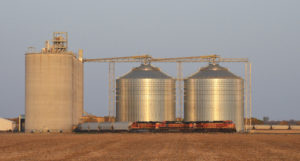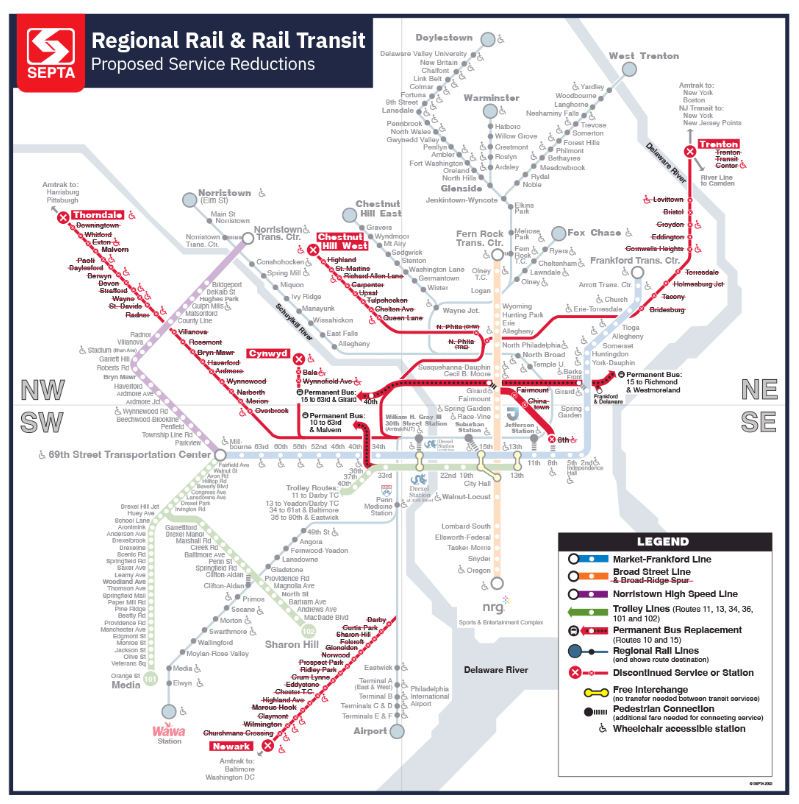
Bruce Kelly
While intermodal’s role in boosting North America rail volume has been in the spotlight, grain traffic has also been impressive. Canadian National and Canadian Pacific have set a series of records for Canadian grain tonnage [see “CP, CN continue string of records for grain movement,” Trains News Wire, Jan. 4, 2021], but global trade in U.S. grain, particularly that destined for China, has far exceeded what was predicted in the first half of 2020.
The U.S. surge began materializing as soon as the 2020 harvest was under way. By mid-November, business journal Forbes reported, “U.S. [soybean] exports to China were up 34% when compared to the previous September.” Hellenic Shipping News, which covers the maritime industry, reported in December that China was the third-largest buyer of U.S. wheat in 2020-21, with the week ending Dec. 17 marking the fifth straight week importing more than 60,000 metric tons. An ag trade journal and the USDA reported China has total commitments for 2.2 million metric tons of U.S. wheat, up from just 200,000 metric tons in 2019.
During October 2020, 73% of U.S. soybean exports went to China, the sales figure of $3.5 billion coming very close to the previous monthly record of $3.51 billion set in November 2013. The USDA now expects total U.S. soybean exports for 2020-21 to reach nearly 61 million tons. More than 1 million tons was shipped to China in the first week of January 2021 alone.
What does this mean for the railroads that haul a large percentage of the grain export traffic to port? During Union Pacific’s January earnings call with investors and business analysts, Kenny Rocker, executive vice president-marketing and sales, said, “Volume for grain and grain products was up 20%, driven by increased demand for export grain.” BNSF spokeswoman Courtney Wallace tells Trains News Wire, “Grain and grain product volumes were down the first half of 2020 because of impacts from trade policies and smaller corn and soybean crops. However, we experienced a volume increase in the second half of last year. … In fact, in the fourth quarter, [BNSF] moved more grain and grain products than we have ever done before in any one quarter.”
To put this in perspective, BNSF’s Weekly Carload Report for Feb. 1, 2020, showed grain carloads had declined 19% compared to the same week in 2019. But the first week of October 2020 saw BNSF’s grain carloads up 54% over 2019. Figures posted Jan. 25, 2021, have BNSF still notching a 26% overall increase in grain business. “We are seeing peak harvest trends continue into 2021,” Wallace says, “with our January 2021 export volumes outpacing December 2020. Producers are seeing good yields, and, in terms of exports, China has made very large soybean and corn purchases. For the second half of 2020 and so far in 2021, a larger share of our exports is headed to China versus what we’ve seen in the past.”

Bruce Kelly
Sales to China were lackluster for two years, which was widely attributed to aggressive trade policies imposed by the Trump administration. Now, U.S. growers of soybeans and other grains may be benefiting from circumstances including trade and diplomatic disputes between China and Australia; limited soybean supplies out of South America; and the recent recovery of China’s pig herds, decimated by swine flu in 2018-19. (The majority of China’s soybean imports provide feed for livestock, most notably pigs.)
“Current demand from an export perspective is being largely driven by China,” UP CEO Lance Fritz said on that January earnings call, “and China’s entry back into the U.S. bean market — partly reflecting the Phase One U.S.-China trade deal, partly reflecting a basically recovering hog herd in domestic China.”
The Phase One Economic and Trade Agreement between the U.S. and China, signed by President Trump in January 2020, aimed to “reduce and eliminate structural, non-tariff barriers to U.S. agriculture in China’s market,” while also asking China to curtail its practice of forcing U.S. companies to share their technologies as a means for entering the Chinese marketplace. The North Dakota Soybean Growers Association described the Phase One deal as “a step towards improved two-way trade between the U.S. and China that will hopefully reestablish strong soybean exports to China.” The growers’ group pointed out that in previous years, “more than 70% of North Dakota’s annual soybean production had been exported through the Pacific Northwest, most bound for China.”
Hauling soybeans and other Midwest grains to those northwest ports is competitive business for railroads. BNSF has multiple routes that feed west into Montana, partnering with Montana Rail Link where needed, and converging at Sandpoint, Idaho, on the approach to export terminals in western Washington and northwest Oregon. But a sizeable share of Midwest grain also travels north into Canada on CP’s Soo Line network, west on CP across Crowsnest Pass, then back into the U.S. at Eastport, Idaho, to ride UP rails to the coast. As for the remainder of 2021, UP’s Fritz said China holds the key to “what happens in the second half of the year in terms of export grain.”













